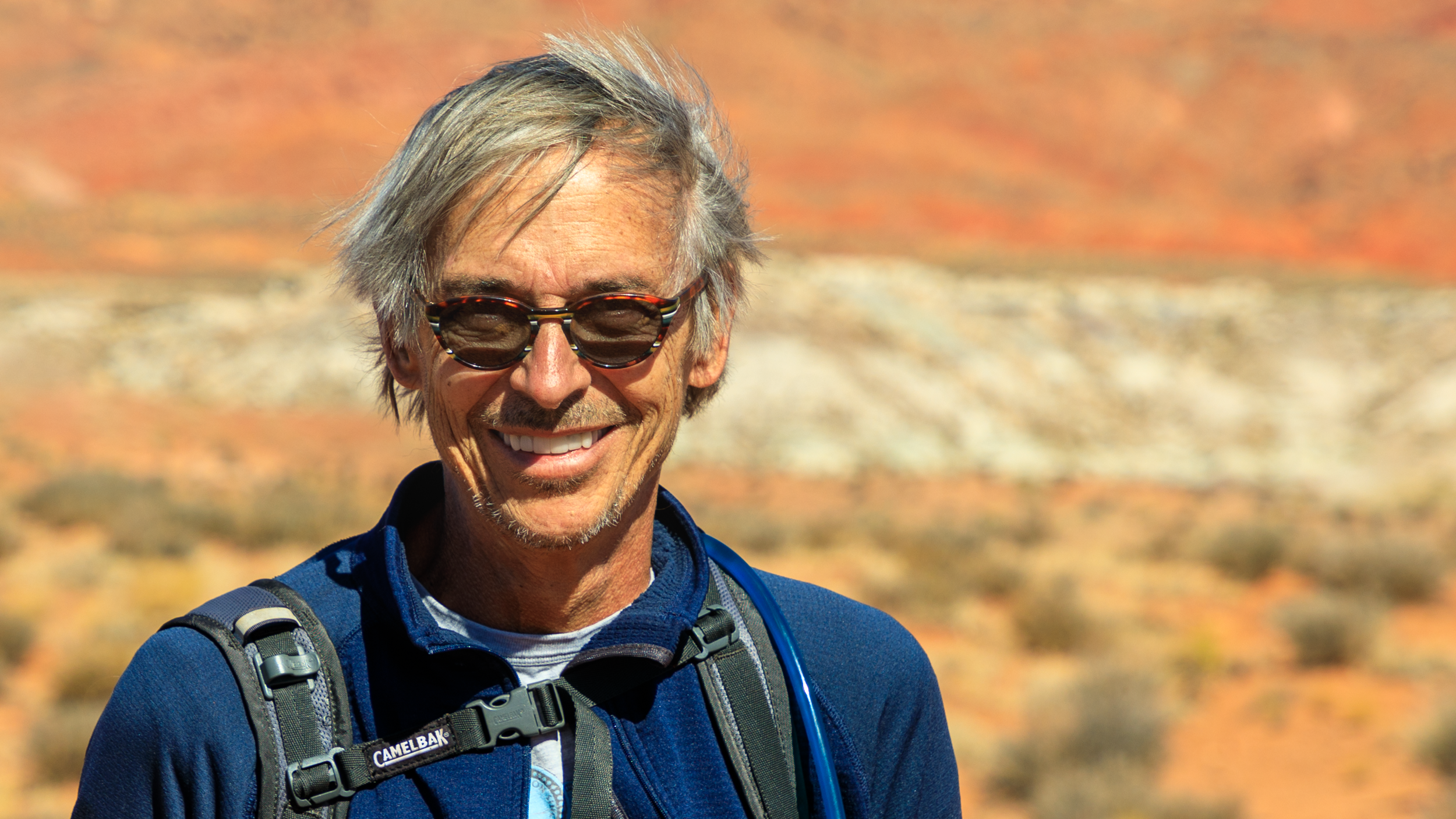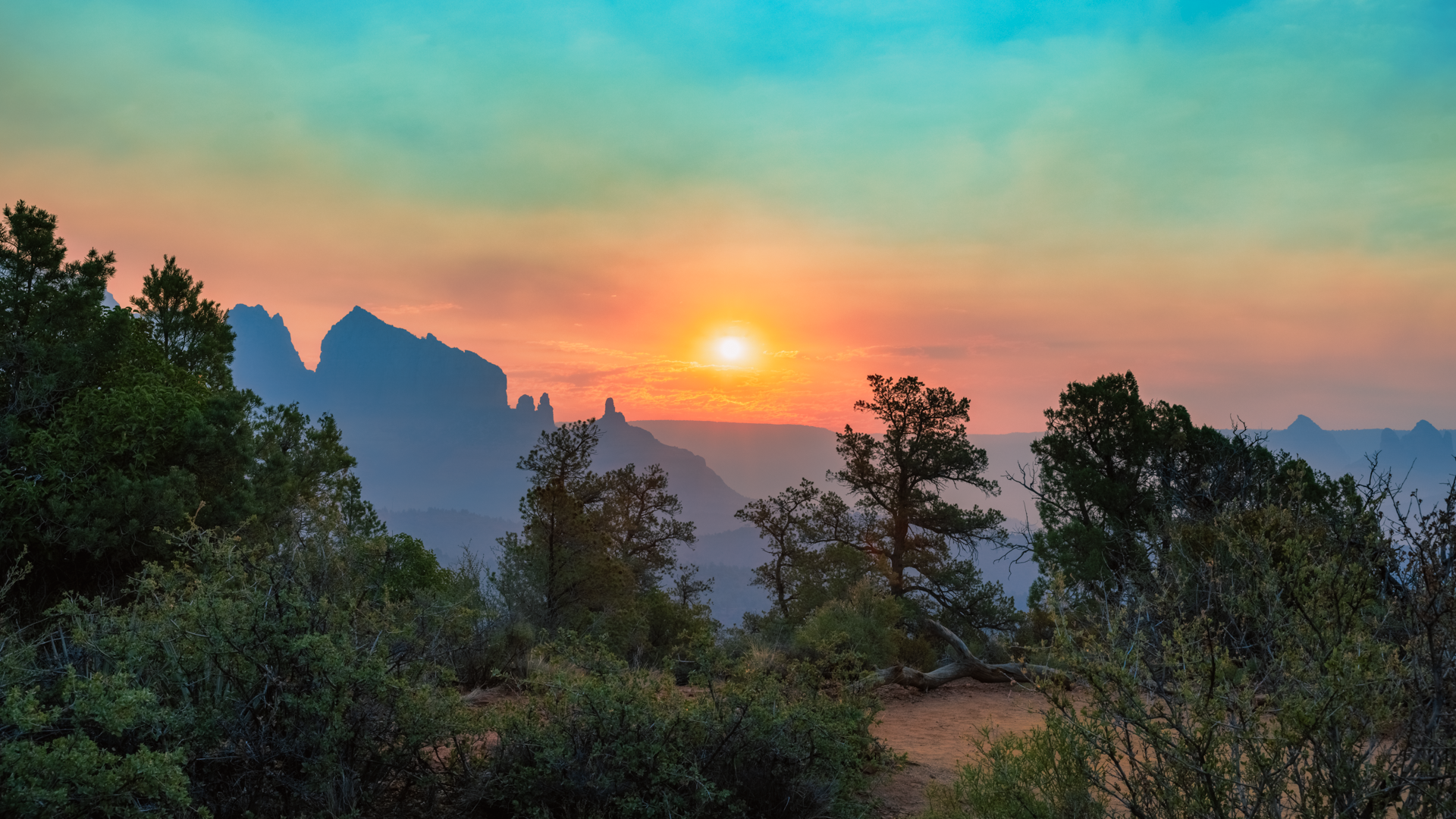
Welcome to my Gallery of Natural Wonders
Here you'll find a curated collection of my most cherished captures that have left an indelible mark on my journey as a photographer. Each image represents a moment when nature's raw beauty stopped me in my tracks. From Arizona's legendary sunsets that set the sky ablaze in deep crimsons and purples, to intimate portraits of desert flora.
This gallery is a living collection, refreshed monthly with new scenes that call out to be shared. I invite you to return regularly to discover the latest additions as I continue to explore and document the natural world's most captivating moments. Let these images transport you to moments of wonder, just as they did for me behind the lens.
For collectors and art enthusiasts, all images available in my blockchain-verified collection can be purchased as fine art prints, too. Each piece is carefully produced to preserve the vibrancy and emotion of the original moment. Visit my NFT gallery page for direct links to marketplace listings of these authenticated works. If any images on the blockchain are of interest, include the name of the image in the form below.
Why Prints?
Let me share with you why the art of fine print photography is so extraordinary, and why it matters deeply for capturing the true essence of scenic landscapes. When you view my prints, you're experiencing something fundamentally different from digital images on a screen. The technical foundations explain why: While digital displays are limited to the sRGB color space and typically show images at just 72 pixels per inch, my prints leverage the full Adobe RGB color space - the same precise color profile used by my camera's sensor when capturing these scenes. This means you're seeing the landscape exactly as I envisioned it, with all the subtle gradations of color that make dawn light special or give depth to storm clouds gathering over a mountain range.
The resolution difference is equally crucial for scenic photography. My prints, produced at 300-600 dots per inch, reveal intricate details that simply disappear on standard screens - the delicate texture of morning frost on pine needles, the complex patterns of water flowing over rocks, or the subtle variations in cloud formations that give skies their dramatic quality. Think of it like the difference between listening to compressed digital music versus experiencing a live orchestra - there's a richness and depth that only comes through in the fuller format.
The choice of print house and materials becomes part of the artistic process itself. Each paper type interacts differently with light and ink, affecting how the final image breathes and lives in different lighting conditions. Through careful calibration and color management, I ensure that every nuance of color and light in the original scene is faithfully preserved in the final print, creating an immersive viewing experience that truly transports you to that moment in nature.
Print material selection
Think of paper as the canvas that gives the photograph its voice. A bright white, glossy paper can make dramatic mountain scenes leap forward with deep contrast and sharp detail - perfect for images where you want to emphasize the bold geometry of peaks against sky. The glossy surface reflects light in a way that makes shadows appear deeper and highlights more brilliant, similar to how morning light creates striking contrast on mountain faces.
In contrast, a softly textured matte paper might better serve intimate forest scenes or misty landscapes. These papers have a subtle surface structure that diffuses light, creating a gentler viewing experience that can actually enhance the feeling of depth and dimension. When you look at a forest scene printed on fine art matte paper, the texture helps create an almost three-dimensional quality to layers of trees receding into fog.
The interaction between ink and paper is equally important. Modern professional printers use sophisticated ink sets - often 10 to 12 different colors - that can be precisely layered to create incredibly subtle color transitions. This becomes particularly important in scenes with dramatic skies, where the gradual shift from warm sunset colors to cool evening tones needs to be perfectly smooth. The way these inks settle into the paper's surface affects how light interacts with the print, creating what photographers call "micro-contrast" - tiny variations in tone that add richness and depth to the image.
Even the paper's weight and thickness contribute to the viewing experience. A heavier paper stock can make the print feel more substantial and permanent, adding to the sense that you're holding a piece of that landscape moment in your hands. Some papers even incorporate subtle metallic elements that can enhance the appearance of sunlight on water or the gleam of wet rocks after rain.
Print Gallery Index
-

Southwestern Mornings
-

Southwestern Evenings
-

Flora
-

Wide Format Scenes
